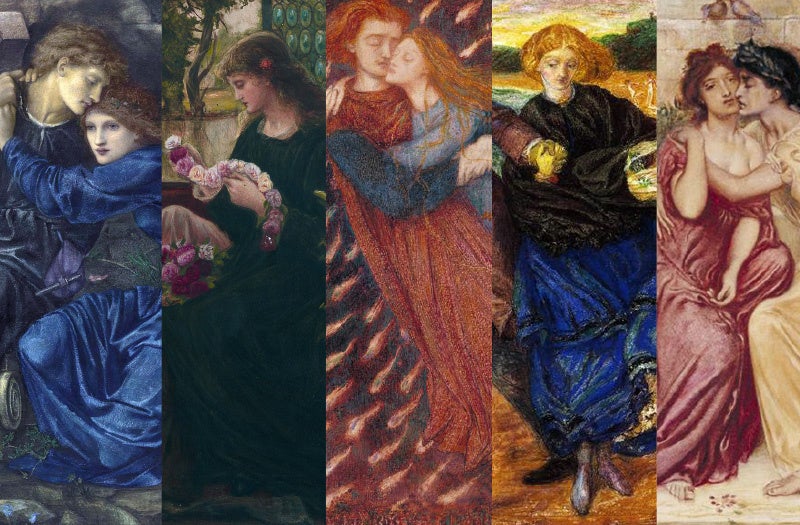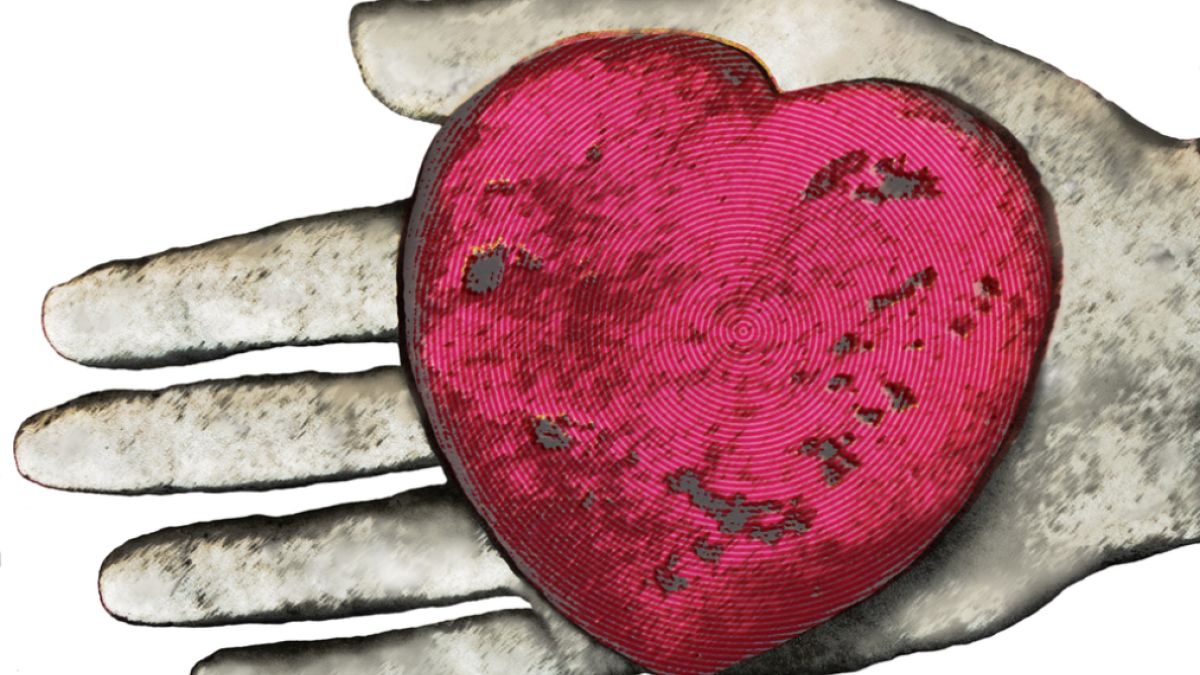
Ancient Notions of Love
Love in Ancient Greece
In Ancient Greece, love was seen as a multifaceted concept, encompassing various forms such as “Eros” (romantic love) and “Agape” (unconditional love). The Greeks celebrated love through poetry, philosophy, and art, providing rich narratives about the nature of relationships. For instance, Plato’s “Symposium” features characters discussing the significance of love in a society that revered beauty and intellect.
Love in Ancient Rome
Transitioning to Ancient Rome, love took on a slightly different expression. Roman literature often depicted love as both passionate and possessive, illuminating the complexities of human emotions. Key points include:
- Carmina: Love poetry by poets like Catullus revealed the intensity of romantic feelings.
- Marriage: Although political alliances were common, personal affection also played a role in selecting partners.
Despite cultural differences, both societies shared a profound understanding of love’s importance in shaping human experience.

Medieval Courtly Love
The Troubadours and Courts of Love
Medieval courtly love blossomed in a vibrant cultural landscape where the troubadours emerged as key figures. These traveling poets sang praises of idealized love, often portraying it as unattainable yet deeply transformative. Their ballads emphasized devotion and admiration, creating a romantic framework influential in royal courts.
- Key Themes:
- Longing and desire
- The beauty of women
- Unrequited love
Influence of Chivalry on Love
Chivalry further shaped the notion of love during this period. Knights were not only warriors but also devoted to romantic pursuits, which emphasized:
- Respect and Honor: A knight’s love was often characterized by noble gestures.
- Code of Conduct: Actions, like putting a lady’s honor above personal gain, became central.
Together, these influences crafted a rich tapestry of love and relationships in medieval society.

Renaissance and Enlightenment Perspectives
Changing Views on Romantic Love
As we move into the Renaissance, love began to be viewed through a more humanistic lens. The re-examination of classical texts encouraged individuals to seek emotional and intellectual connections in their relationships. Courtly love motifs evolved, with a greater emphasis on personal fulfillment.
- Romantic Ideals: Love transformed from an aristocratic pastime to a more common pursuit for individuals from various backgrounds.
- Literature: Works by Shakespeare and Petrarch explored the complexities of romantic attachments, emphasizing both joy and suffering.
Philosophical Interpretations of Love
During the Enlightenment, philosophers such as Rousseau and Kant examined love’s essence, introducing the idea of love as a rational choice. They proposed that love should be based on mutual respect and moral duty.
- Rational Love: Enlightenment thinkers argued for a balanced view, integrating emotion with reason.
- Social Constructs: This period also prompted discussions about love’s role within societal norms and expectations.
Overall, love transitioned from being an idealized concept to a more tangible, complex experience, setting the stage for future explorations.

Victorian Era: Love and Society
Women’s Roles and Expectations in Love
As the Victorian Era unfolded, love became intricately woven into the fabric of society, especially concerning women’s roles. Women were often idealized as moral guardians of family life, expected to embody virtues like purity and devotion.
- Marriage: It was viewed as a woman’s highest aspiration, often more about social status than romance.
- Expectations: Women faced pressure to maintain propriety in romantic matters, silencing their desires and ambitions.
Sentimentality and Romanticism
Amidst these constraints, sentimentality and romanticism flourished in art and literature, offering an escape and a deeper exploration of emotional experiences.
- Literature: Authors like the Brontë sisters and Charles Dickens portrayed love as both uplifting and tumultuous, mirroring the societal struggles of the time.
- Cultural Influence: This emphasis on emotion helped shape modern understandings of romantic love, showcasing its complexities and depth.
In essence, the Victorian Era highlighted the tension between societal expectations and personal longing, setting the stage for future discussions on love’s role in relationships.

Modern Love: 20th Century and Beyond
Impact of Technology on Relationships
As society moved into the 20th century, technology began to reshape romantic landscapes dramatically. The advent of telephones, and later, the internet, opened new avenues for connection, making it easier for people to meet and maintain relationships.
- Online Dating: Platforms like Match.com pioneered a new era of meeting partners, transforming traditional courtship.
- Social Media: Today, social networks create opportunities for both expression and communication, though they also present challenges like misrepresentation and distraction.
Evolving Definitions of Love
Alongside technological advancements, our definitions of love have expanded and transformed. Modern perspectives embrace diverse expressions of love, challenging traditional scripts.
- Inclusive Love: We now celebrate a broader spectrum of relationships, including LGBTQ+ partnerships and polyamorous arrangements.
- Personalization of Love: Individuals increasingly prioritize compatibility and personal fulfillment over societal expectations.
In this way, modern love reflects a dynamic interplay of technology and evolving values, continually redefining what it means to connect deeply with another person.

Love in Contemporary Society
Diversity and Inclusivity in Love
In contemporary society, love is celebrated for its diversity and inclusivity. People are increasingly recognizing that love comes in many forms, encompassing a variety of orientations and identities.
- Love Beyond Labels: Open-mindedness regarding homosexual, bisexual, and transgender relationships promotes acceptance.
- Cultural Variations: Different cultural traditions are embraced, enriching our understanding of romantic connections.
This shift towards inclusivity encourages individuals to express their love authentically, breaking free from traditional constraints.
Changing Family Structures and Love
Additionally, family structures are evolving, reshaping the landscape of love. Traditional definitions of family are expanding to include various arrangements.
- Blended Families: Many families now consist of step-siblings and half-siblings, creating new dynamics.
- Single Parenting: Single-parent households are more common and reflect different ways of nurturing love within families.
These changes signify a broader acceptance of how love can manifest, allowing for richer, more varied experiences in nurturing familial bonds in our ever-changing world.

Psychology of Love
Theories of Love
Delving into the psychology of love reveals many intriguing theories that seek to explain why we connect with others in such profound ways. One of the most famous is Sternberg’s Triangular Theory of Love, which identifies three components: intimacy, passion, and commitment.
- Types of Love:
- Romantic Love: High in passion and intimacy, but low in commitment.
- Companionate Love: Strong in intimacy and commitment but lacking passion.
These frameworks help us recognize the varying dynamics in relationships.
Biological and Psychological Aspects of Love
In addition to these theories, love is also influenced by biological and psychological factors. Neurotransmitters such as dopamine and oxytocin play significant roles in how we experience love and attachment.
- Dopamine: Involved in pleasure and reward, it heightens feelings of euphoria in new relationships.
- Oxytocin: Known as the “love hormone,” it fosters bonding and trust.
Understanding these elements enhances our appreciation of love’s complexity, blending science with emotion to enrich our relationships.
